Home>Ideas and Tips>Backyard Hydroponic Garden Setup: Soil-Free Growing System
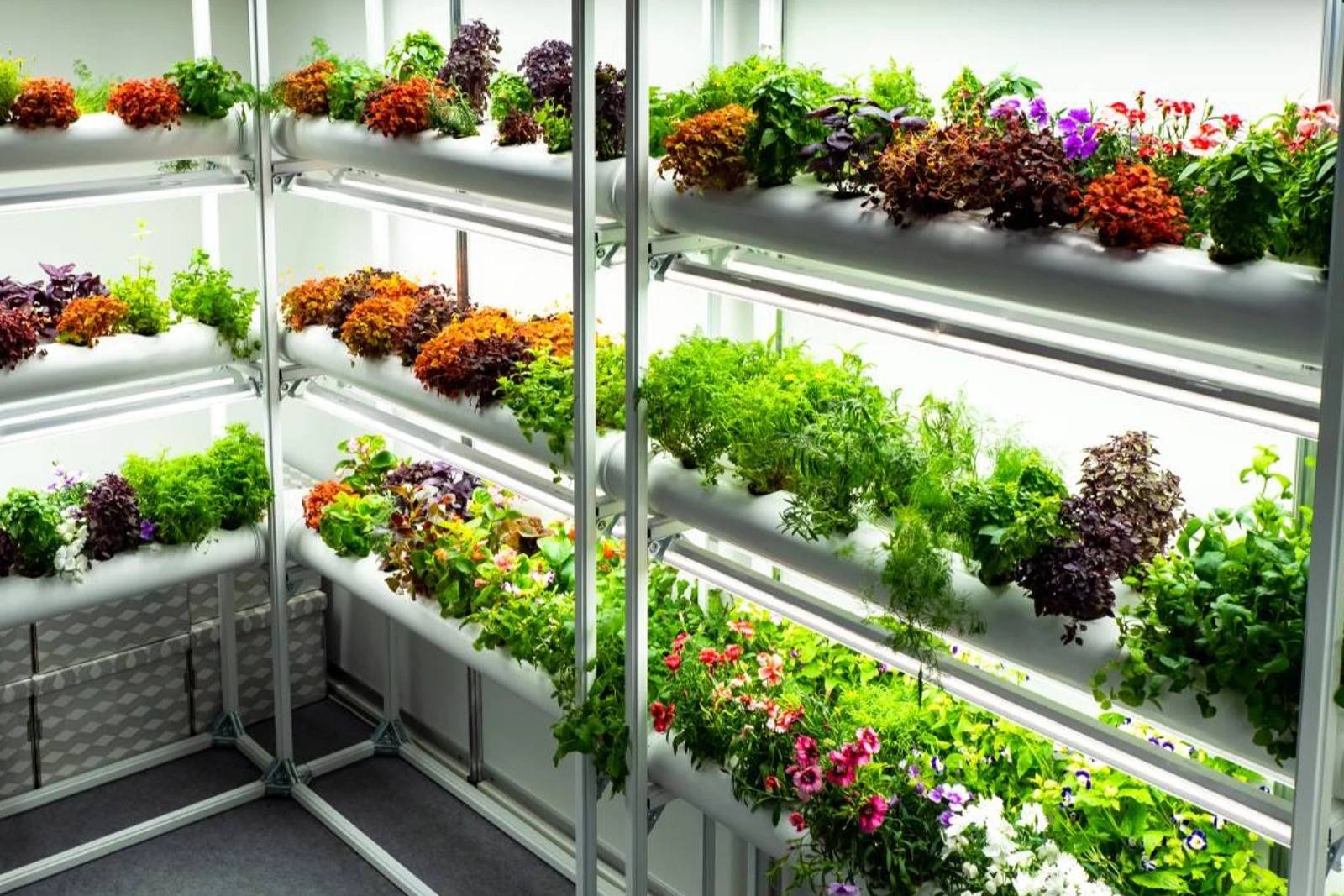

Ideas and Tips
Backyard Hydroponic Garden Setup: Soil-Free Growing System
Modified: October 20, 2024
Learn how to set up a backyard hydroponic garden with our step-by-step guide. Grow plants soil-free and enjoy faster growth and higher yields year-round.
(Many of the links in this article redirect to a specific reviewed product. Your purchase of these products through affiliate links helps to generate commission for Storables.com, at no extra cost. Learn more)
Welcome to the world of hydroponics, where you can grow your favorite plants without the need for soil. Hydroponics is a method of growing plants using a nutrient-rich solution rather than soil, and it offers numerous benefits over traditional gardening methods. In this article, we will guide you through setting up a backyard hydroponic garden, exploring the different types of hydroponic systems, and providing you with all the necessary information to get started.
Hydroponics is a method of growing plants in a water-based nutrient solution rather than soil. The word "hydroponics" comes from the Greek words "hydro" meaning water and "ponos" meaning labor. This technique has been used for centuries, with the first recorded use dating back to 1699 when John Woodward conducted research on growing spearmint in water.
Benefits of Hydroponics
-
Water Efficiency: Hydroponic systems use significantly less water than traditional soil-based gardening methods. This makes it an ideal choice for areas where water is scarce or for those who want to conserve water.
-
Faster Growth: Plants grown in hydroponic systems tend to grow faster and produce higher yields compared to those grown in soil. This is because the nutrient solution is delivered directly to the roots, allowing for more efficient nutrient uptake.
-
Space Efficiency: Hydroponic gardens can be set up indoors or outdoors and can be very space-efficient. This makes it perfect for urban dwellers or those with limited gardening space.
-
No Weeds: One of the best advantages of hydroponics is that there are no weeds to worry about. This reduces the time and effort required for maintenance.
-
Year-Round Production: With the right equipment, you can grow plants year-round regardless of the season. Artificial lighting can mimic natural sunlight, allowing for continuous growth.
Types of Hydroponic Systems
There are several types of hydroponic systems, each with its own advantages and requirements. Here are some of the most common types:
1. NFT (Nutrient Film Technique) System
In an NFT system, plants are grown in long, narrow channels with a continuous flow of nutrient-rich solution. This system is ideal for growing a variety of crops, including leafy greens and herbs.
2. DWC (Deep Water Culture) System
The DWC system involves submerging the roots of plants in a nutrient-rich solution. This is one of the simplest and most cost-effective systems to set up, making it perfect for beginners.
3. Ebb and Flow System
Also known as the flood and drain system, this method involves flooding the growing medium with nutrient solution at regular intervals and then draining it. This system is great for crops that require a lot of water, such as tomatoes and cucumbers.
4. Aeroponic System
In an aeroponic system, the roots of plants are suspended in the air and sprayed with a fine mist of nutrient solution. This method is highly efficient and can produce high yields but requires more complex equipment.
5. Aquaponic System
Aquaponics combines hydroponics with aquaculture, where fish or other aquatic animals provide nutrients for the plants. This system is ideal for those who want to create a sustainable ecosystem.
Setting Up Your Backyard Hydroponic Garden
Setting up a backyard hydroponic garden can be a fun and rewarding experience. Here’s a step-by-step guide to help you get started:
1. Choose Your System
First, decide which type of hydroponic system you want to use. Each system has its own requirements and advantages, so choose one that best fits your needs and space.
2. Select Your Equipment
Once you’ve chosen your system, gather all the necessary equipment. This includes:
- Grow Containers: These can be plastic or glass containers that hold the nutrient solution.
- Pumps and Piping: These are used to circulate the nutrient solution.
- Grow Lights: These provide the necessary light for plant growth.
- Nutrient Solution: This is the key component of hydroponics, providing all the necessary nutrients for plant growth.
- Growing Medium: This can be coconut coir, rockwool, or any other inert medium that retains moisture but does not contain nutrients.
3. Prepare Your Growing Medium
The growing medium is essential for providing structure to the plants and retaining moisture. Different mediums have different requirements, so make sure you choose one that is suitable for your system.
4. Set Up Your Water Irrigation System
Setting up a water irrigation system is crucial for maintaining an even amount of moisture throughout the plant roots. Use a water timer to automate plant feeding schedules and ensure that your hydroponic garden receives adequate nutrition.
5. Install Grow Lights
Grow lights are one of the fundamental pieces of starting a hydroponic system. They mimic sunlight and provide the necessary light for plant growth. Determine the best placement to cover your hydroponic garden with light adequately and use light reflectors to maximize light coverage.
6. Prepare Nutrient Solution
Plants require various types of nutrients, and the solution you need depends on plant breed and the hydroponic system used. Always research the proper balance of macro- and micro-nutrients for your specific plant’s growing requirements and ensure those levels are continually maintained by supplementing with special fertilizers specifically designed for hydroponics systems.
7. Seed Your Plants
Once everything is set up, it’s time to seed your plants. Use seeds or cuttings of the desired plants and place them in the growing medium according to your system’s requirements. For example, in a DWC system, seeds can be placed directly in the nutrient solution.
8. Monitor and Maintain Your System
Regular monitoring and maintenance are crucial for the success of your hydroponic garden. Check pH levels regularly and adjust as necessary. Also, ensure that there is adequate oxygen in the system by aerating the water if necessary.
Tips for Beginners
Starting a hydroponic garden can be overwhelming, especially for beginners. Here are some tips to help you get started:
- Start Simple: Begin with a simple DWC system which is easy to set up and maintain.
- Use Local Resources: Utilize local resources such as nurseries or gardening clubs for advice and supplies.
- Join Online Communities: Join online communities or forums dedicated to hydroponics for tips and advice from experienced growers.
- Experiment Gradually: Don’t be afraid to experiment gradually as you gain more experience with your system.
Hydroponics offers a unique and efficient way to grow plants without the need for soil. By understanding the basics of hydroponics and choosing the right system for your needs, you can create a thriving backyard hydroponic garden that provides fresh produce year-round. Whether you’re a seasoned gardener or just starting out, hydroponics offers endless possibilities for growing your favorite crops in a sustainable and efficient manner.
Read more: What Is A Hydroponic Garden
References: Science Buddies. (2023). Hydroponics: Gardening Without Soil. Retrieved from https://www.sciencebuddies.org/science-fair-projects/project-ideas/PlantBio_p045/plant-biology/hydroponics-gardening-without-soil. Grow Generation. (2022). 7 Easy Steps to Start a Hydroponics System. Retrieved from https://blog.growgeneration.com/hydroponics/how-to-start-hydroponics-system/. UMN Extension. (n.d.). Small-scale hydroponics. Retrieved from https://extension.umn.edu/how/small-scale-hydroponics. National Agricultural Library – USDA. (n.d.). Hydroponics. Retrieved from https://www.nal.usda.gov/farms-and-agricultural-production-systems/hydroponics. Square Mile Farms. (2020). How to build your own hydroponic system: a beginners guide. Retrieved from https://www.squaremilefarms.com/post/how-to-build-your-own-hydroponic-system-a-beginners-guide.
Was this page helpful?
At Storables.com, we guarantee accurate and reliable information. Our content, validated by Expert Board Contributors, is crafted following stringent Editorial Policies. We're committed to providing you with well-researched, expert-backed insights for all your informational needs.
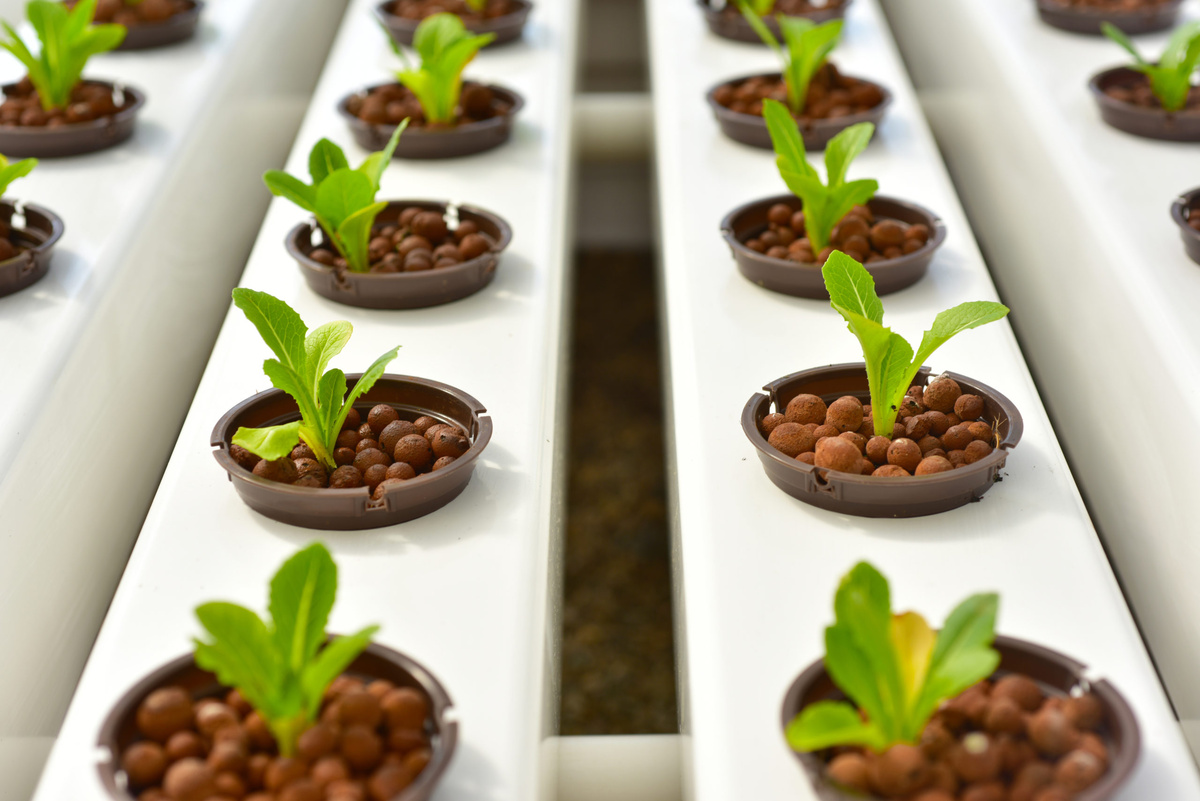

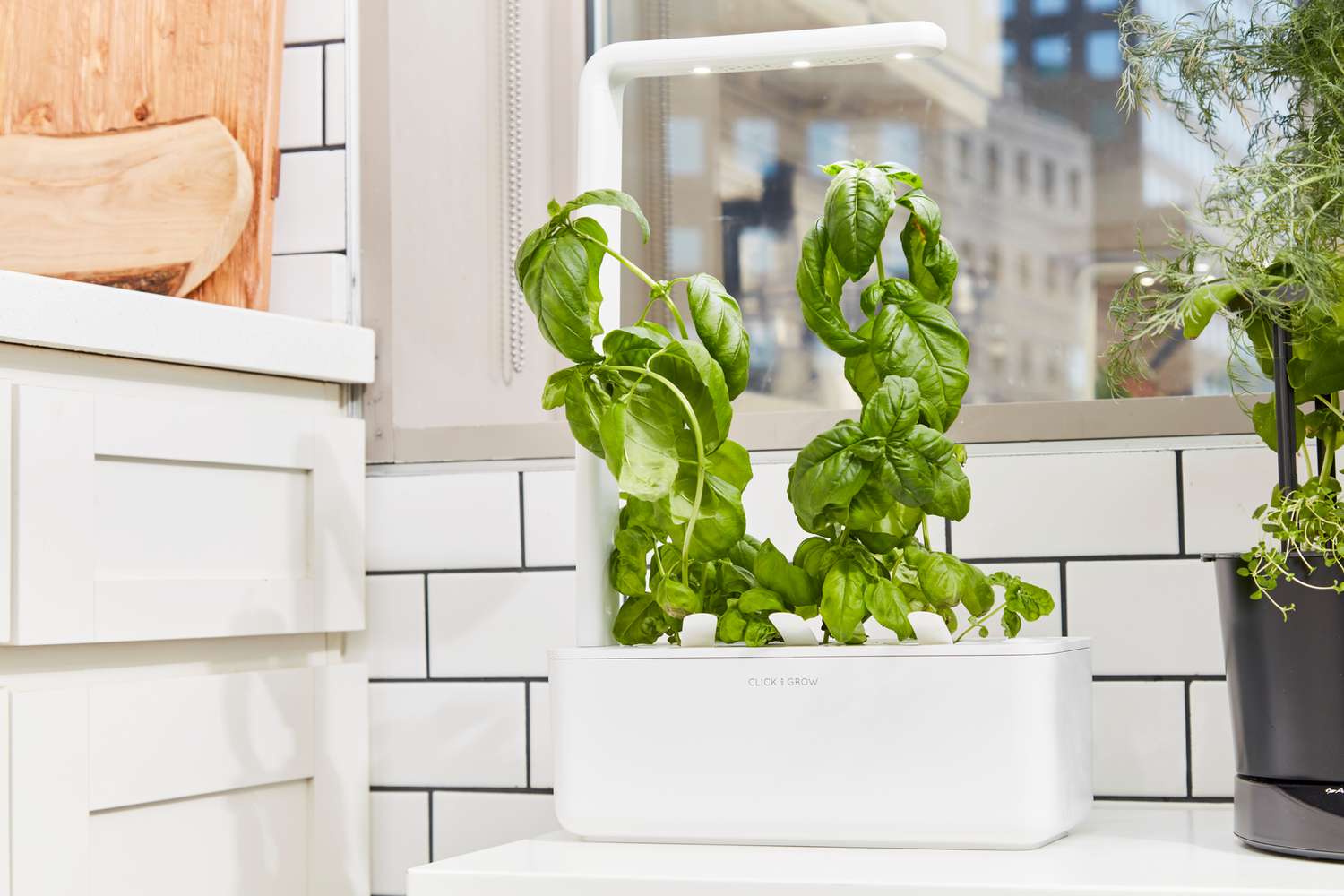
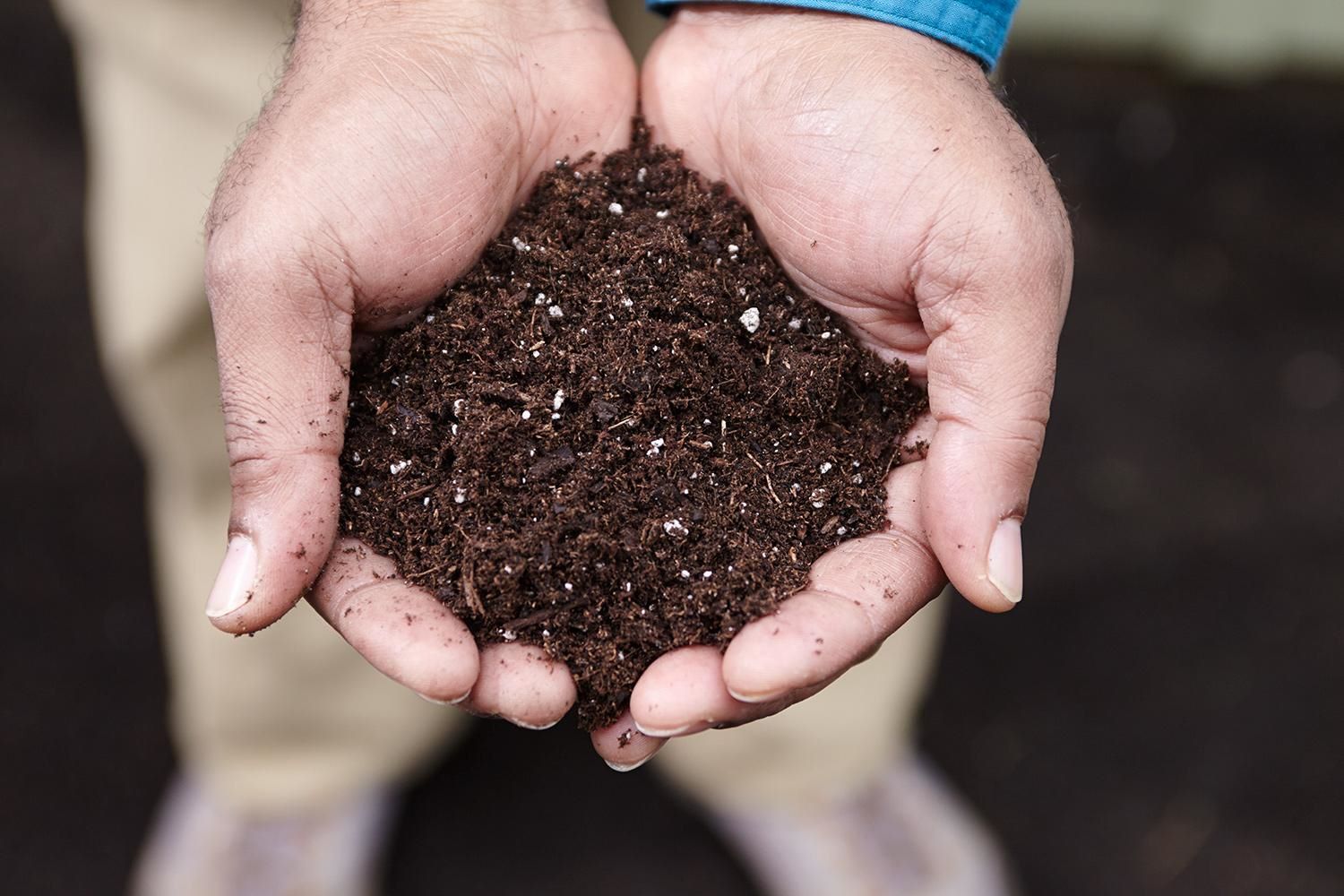
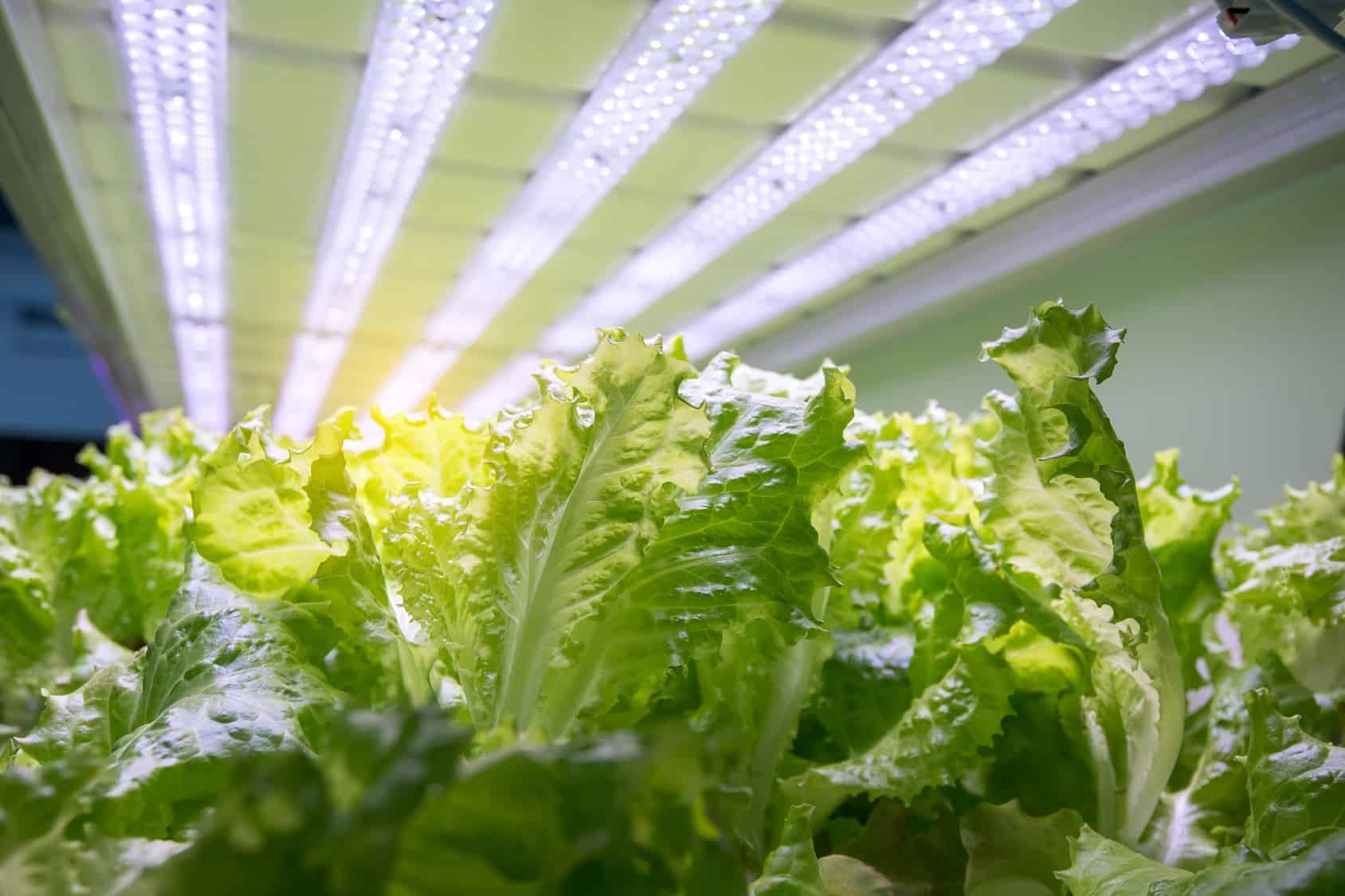

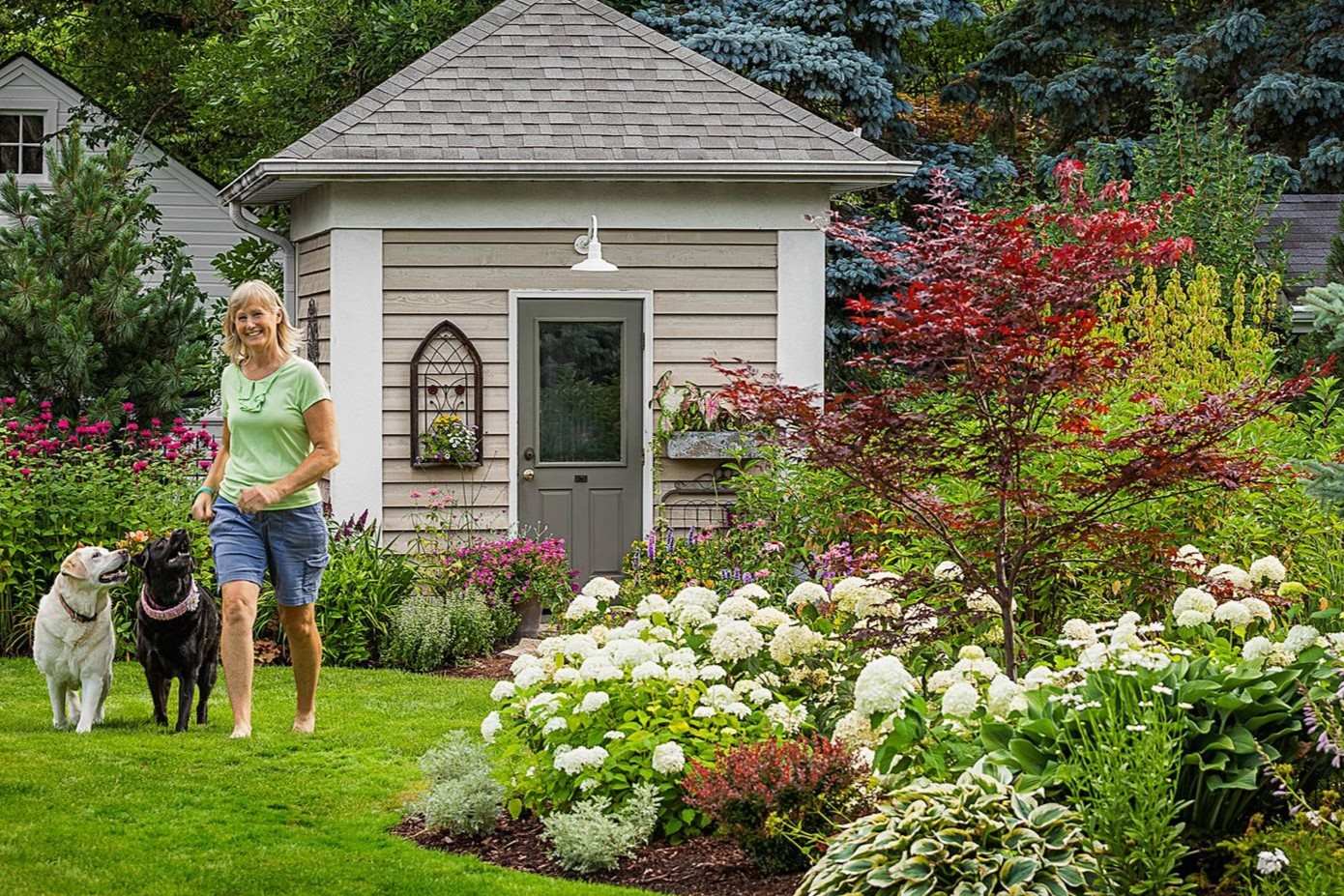
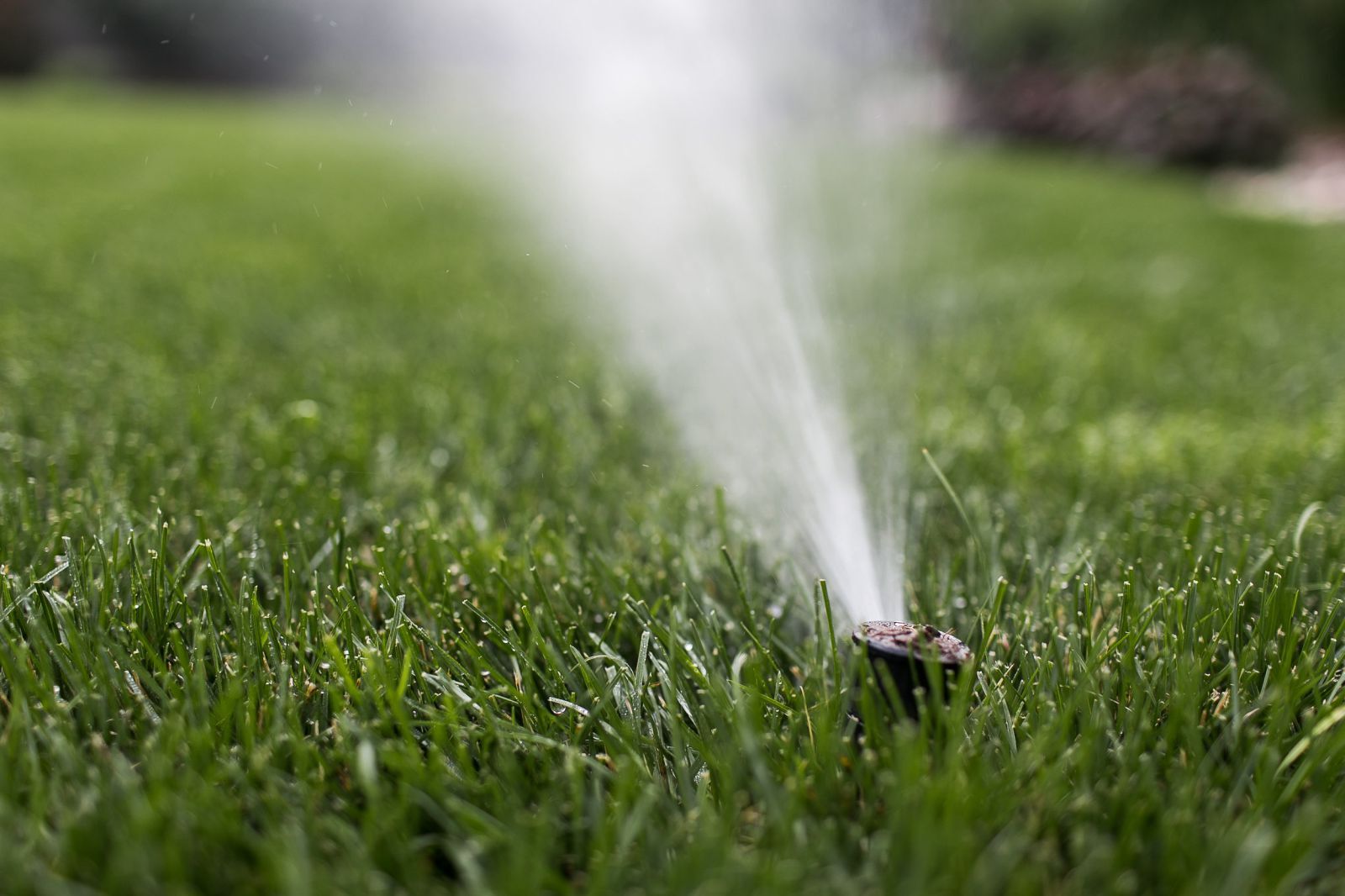
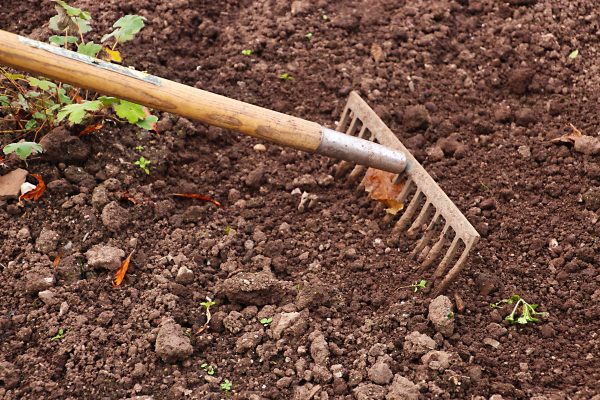
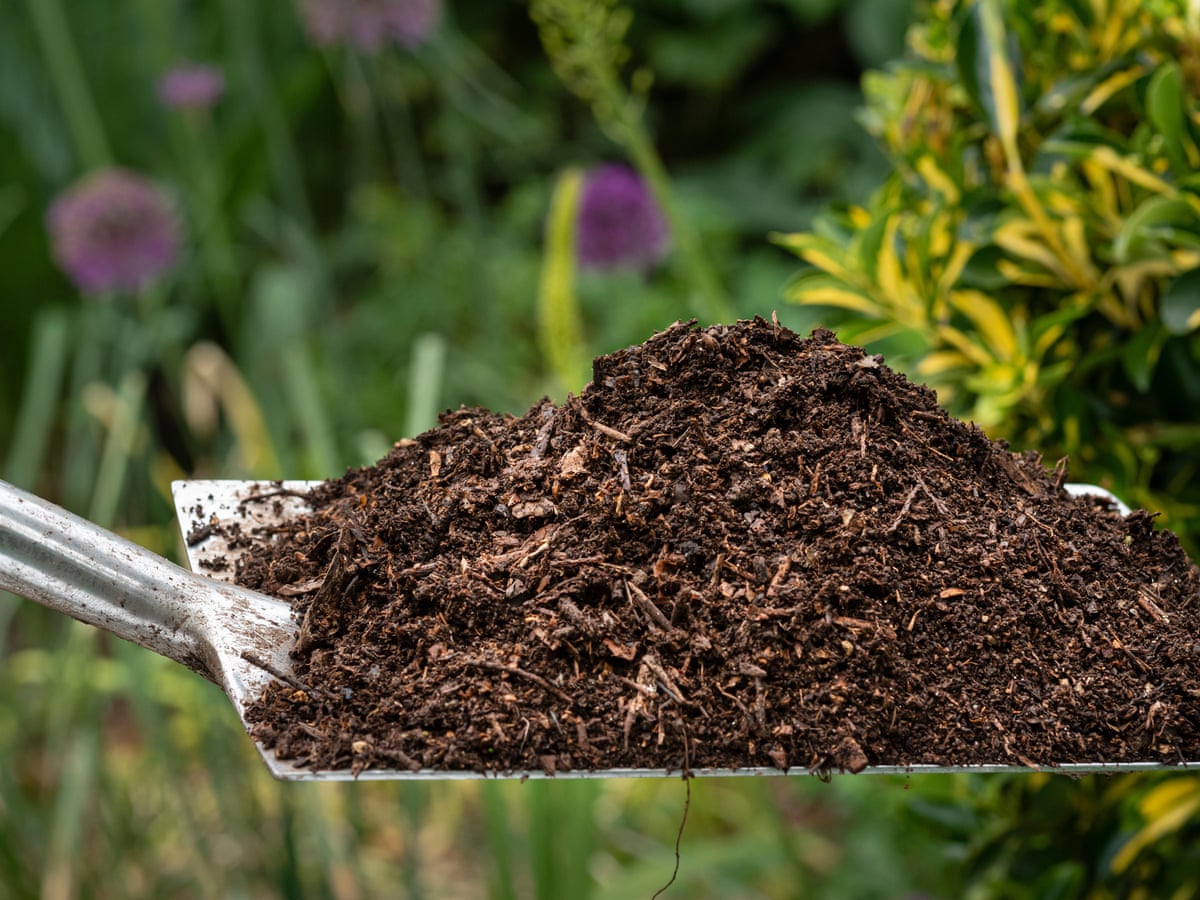
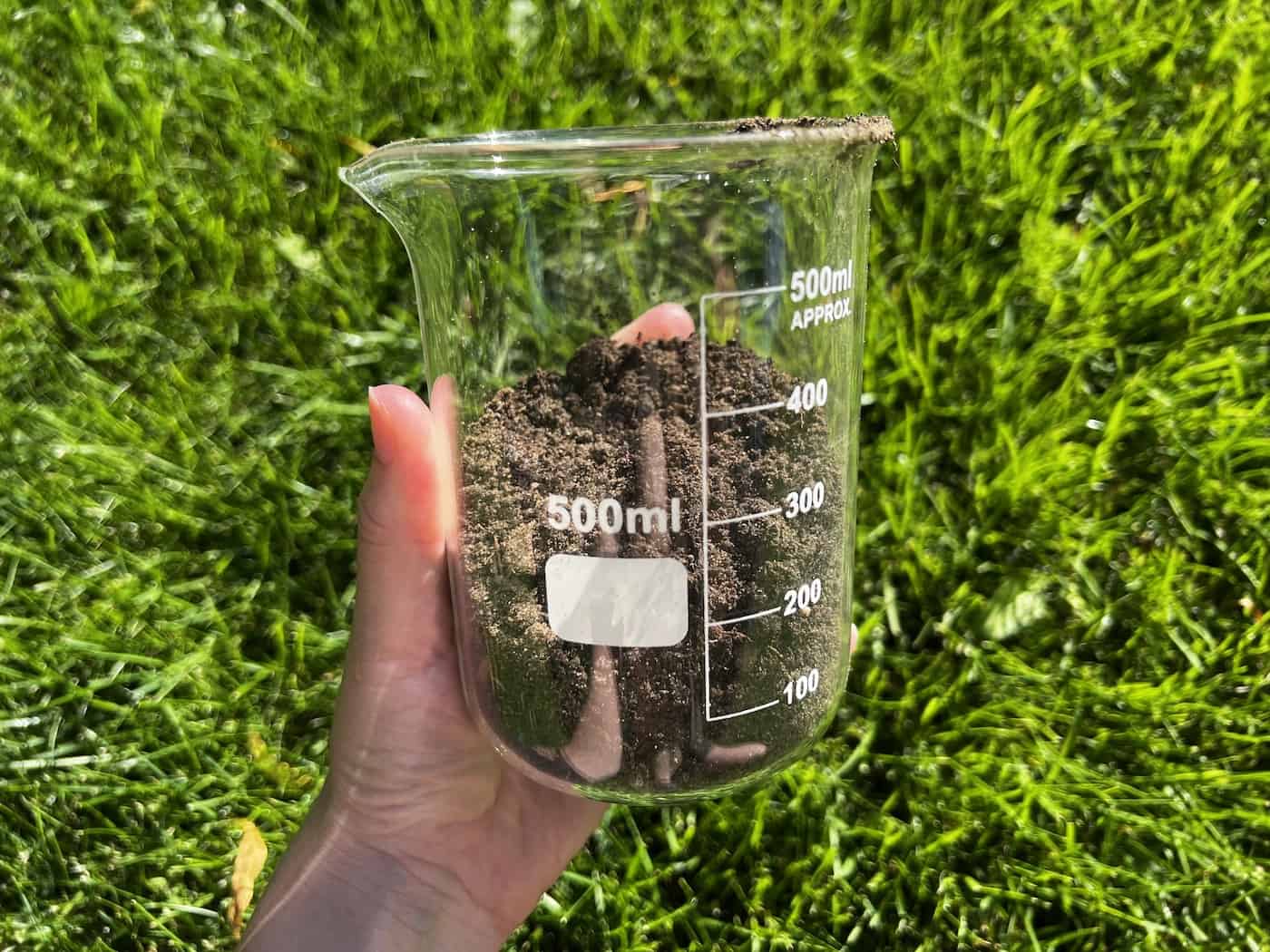

0 thoughts on “Backyard Hydroponic Garden Setup: Soil-Free Growing System”